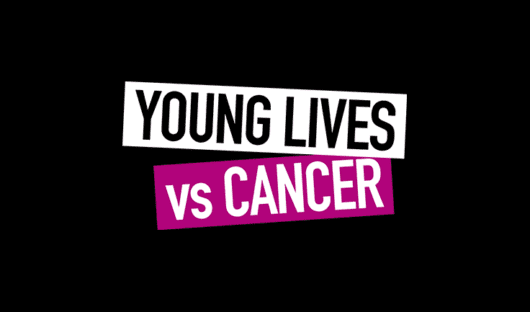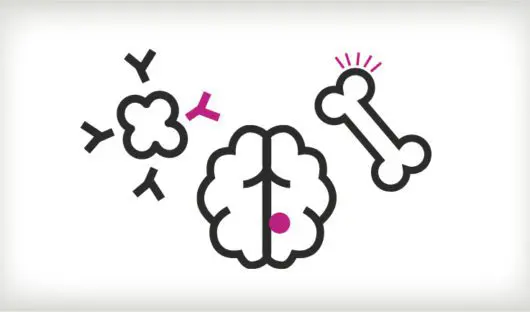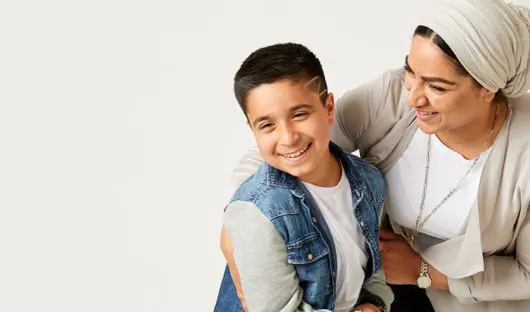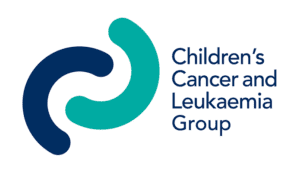Facts about childhood cancer
Cancer in children and young people is rare. In the UK, only 1 in every 450 children under 15 develops a cancer. So about 1,600 children (up to the age of 15) in the UK are diagnosed with cancer each year. These cancers can be quite different from cancers affecting adults.
They tend to occur in different parts of the body to adult cancers. They also look different under the microscope and respond differently to treatment. In the UK, around 2,200 teenagers and young adults (15-24 years old) are diagnosed with cancer every year.
Cure rates for children are much higher than for most adult cancers. The survival rate for children’s cancer has more than doubled since the 1960s. On average, 82% (over 8 in 10) of all children can now be completely cured. For some types of children’s cancer, the cure rate is much higher.
There is a network of specialist centres, known as Principal Treatment Centres, for diagnosing and treating children’s and teenage/young adult cancers.
What is childhood cancer?
The organs and tissues of the body are made up of tiny building blocks called cells. Cancer is a disease of these cells.
Normally, cells divide in an orderly and controlled way, but if for some reason the process gets out of control, the cells carry on dividing. In many cases these cells develop into a lump called a tumour. Tumours are either benign (non-cancerous) or malignant (cancerous). Doctors can tell if a tumour is benign or malignant by removing a piece of tissue (biopsy) and examining a small sample of cells under a microscope.
In a benign tumour, the cells do not spread to other parts of the body and so are not cancerous. However, they may carry on growing at the original site, and may cause a problem by pressing on surrounding organs.
In a malignant tumour, the cancer cells have the ability to spread beyond the original area of the body. If the tumour is left untreated, it may spread into surrounding tissue.
Cancer can occur in different parts of the body – there are more than 200 different types of cancer, each with its own name and treatment. Cancer can occur in organs of the body such as the kidney or the brain. These are sometimes called solid tumours.
Sometimes cells break away from the original (primary) cancer. They may spread to other organs in the body through the bloodstream or lymphatic system. When the cancer cells reach a new area they may go on dividing and form a new tumour. This is known as a secondary cancer or a metastasis.
Cancer can also occur in the blood cells in the bone marrow (leukaemia) or in the lymphatic system (lymphoma).
This information was written by the Children’s Cancer and Leukaemia Group (CCLG)
You might also want to look at
What should I know about my child’s treatment?
From me to you: parents share their thoughts on what they would've liked to have known before treatment.
Find out more
Look up your child’s cancer type
Bite-sized information about different cancer types - their symptoms, how they are diagnosed and treated, and side effects.
Find out more
Financial support
Cancer costs. But we provide grants and unlock crucial financial support when it comes to money.
Find out more
